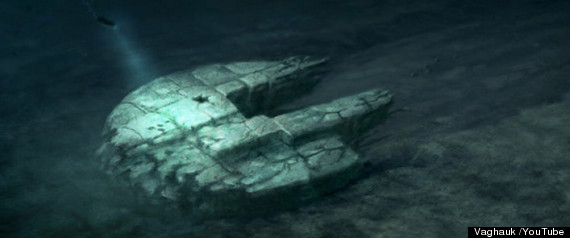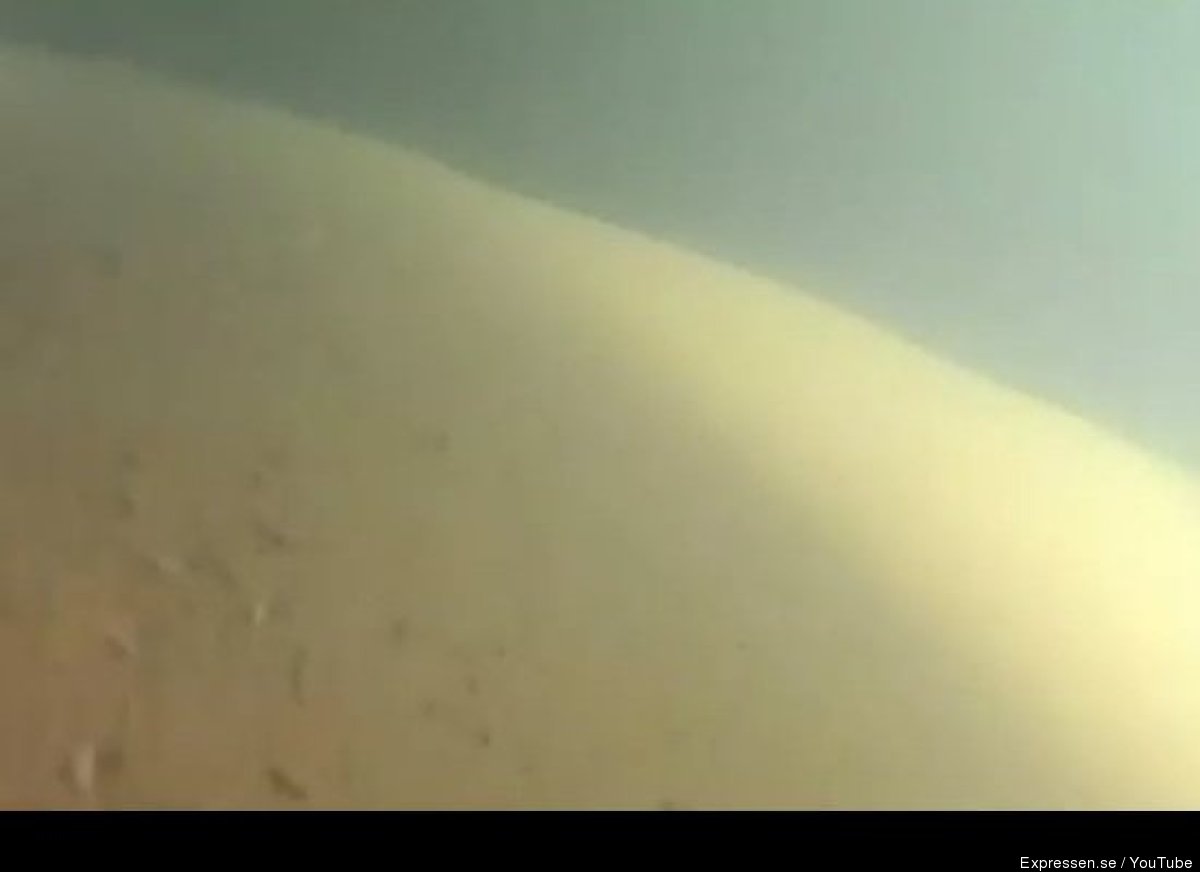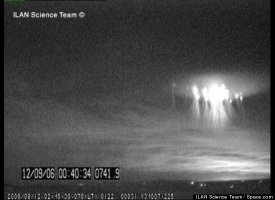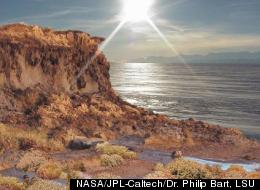NEW YORK | Tue Jun 19, 2012 8:10pm EDT
(Reuters) - Facebook's weak stock market debut has a potential silver lining for the social media giant - some short sellers may have been scared off.
About 8.1 percent of the 421 million shares in the initial public offering were sold short as of May 31, about two weeks after its trading debut, according to a Reuters analysis of exchange data.
That percentage is lower than for Pandora Media Inc, LinkedIn Corp, Angie's List Inc and Groupon Inc - half of the other Internet companies that went public in the past year. And Google Inc, with which Facebook is often compared, attracted a much higher short interest in the first couple of weeks after its IPO in 2004.
Short sellers borrow stock and then sell it, betting that it will decline in value and that they can then buy it back more cheaply.
Facebook had a tough first few weeks of trading. Its debut was marred by technical glitches on
Nasdaq and reports that analysts at top underwriters reduced their revenue and earnings forecasts only days before the offering. Its shares rose only 23 cents on opening day and in subsequent days fell as low as $25.52, 33 percent below the $38 offer price.
But short sellers, after initially sensing a chance to profit from negative market sentiment and Facebook's rich valuation, may have backed off as the shares plunged.
"The opportunity to make money on short selling is greatest when a stock is overvalued," said Jay Ritter, a University of Florida IPO expert who reviewed Reuters' analysis. When the price falls, it signals "time to take profits" because "the possibility of a further decline becomes smaller."
Among the companies that were more heavily shorted, LinkedIn's shares soared as much as 173 percent above their offer price on their first day; Groupon, 56 percent; Pandora Media, 62 percent; and Angie's List, 44 percent.
Facebook's stock price gain in the first few minutes of trading was limited to 18 percent before the decline set in.
DOESN'T MAKE SENSE
Steve Spencer began shorting Facebook at $32 per share the Tuesday after the public offering, but has since stopped. Indeed, Facebook's shares have recovered in the past two weeks to trade around $32 on Tuesday.
"The risk/reward doesn't make sense to me right now," said Spencer, who co-heads SMB Capital, a proprietary trading shop in New York. "If people wanted to make a bet on the short side, they were doing it in the mid-30s."
To be sure, in terms of the raw number of shares shorted, Facebook's initial short bets in the first two weeks of trading are bigger than those of any Internet company listing in the past year.
More than 34 million shares were sold short as of May 31, the latest date for which the data is available. But the figure is not surprising, given the size of Facebook's offering.
Some small investors have kept their Facebook shares, hoping they will bounce back.
"I didn't think it would do this badly," said Tony Allen, a Detroit real estate entrepreneur who bought 50 shares on the day of the offering at $42 and has watched his investment sink in value. He said he was holding on in the hopes of a "turnaround."
A Facebook spokesman declined to comment.
SHORTING COST SOARS
Initially, short sellers' demand for Facebook shares was so high it forced another barometer of bearish investor activity to skyrocket. The annual interest rate charged on the value of borrowed Facebook shares soared to more than 40 percent initially, said David Lewis, senior vice president at Astec Analytics, which tracks stock borrowing costs.
"Anything over 1 percent you consider to be quite special, and this was 40 percent," Lewis said. The interest rate has fallen quickly since and is now at around 0.6 percent, indicating a lot more stock is available for borrowing.
Reuters gauged the degree of shorting activity for stock listings similar to Facebook by calculating the percentage of their publicly listed shares that had been sold short following their IPO. Reuters' data comes from the stock exchanges, which publish short interest reports every two weeks, or for older listings, every month. Reports closest to IPO date were used for the analysis.
It is unclear what the short interest says about the stock's long-term prospects. "Outside of IPOs, almost all of the research indicates that short selling is a negative signal," said Ben Blau, a
financeprofessor at Utah State University.
But IPOs are harder to call. Not every company that attracts a high degree of bearish investor sentiment ends up performing poorly.
For example, search engine Google attracted short bets that amounted to about 21 percent of its publicly listed shares shortly after its August 2004 offering - nearly triple that of Facebook. Yet from the beginning, Google defied the shorts: Priced at $85, its shares opened at $100, doubled by January 2005 and closed above $300 six months later - a level they have rarely breached since then. Google's stock was trading on Tuesday at around $582.
During the dotcom boom in the late 1990s, many stocks had higher early short interest levels than Facebook. They include companies that went on to thrive, like eBay Inc, as well as some that collapsed, such as Pets.com.
BORROWING INCREASE
The latest data from Astec opens up the possibility that short investors may have increased their negative bets on Facebook.
Astec estimates there are currently about 52.1 million Facebook shares on loan. That is up from 34.3 million on May 31, about the same as the shares reported short as of that date. If most of the shares now on loan are again shorted, it would indicate that Facebook's short interest could be as high as 12.4 percent.
























